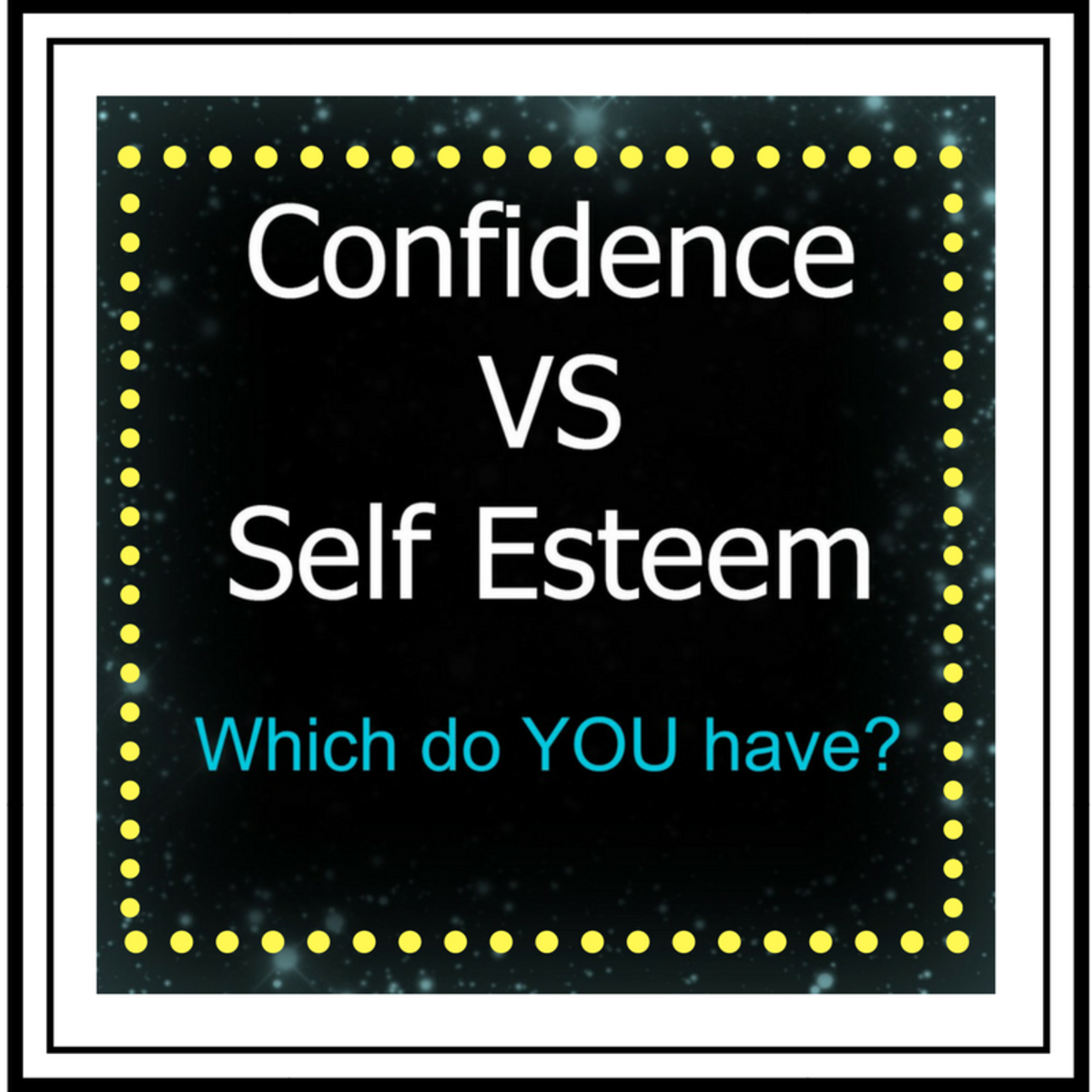How To Be More Assertive – How To Gain More Confidence
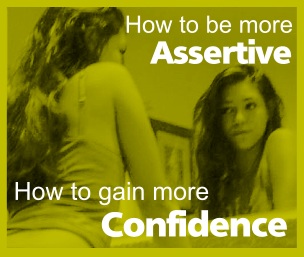
Self-talk and Assertive behavior
What is the secret to being more assertive? What are assertive people doing right that others are not doing at all? How do you become more confident? People who have more confidence are more assertive, thus more in control of things. They are better decision makers. The human mind is an amazing thing. It has such control over our lives. There are some simple steps towards becoming more assertive. These steps are proven, and can make a big difference in our lives, our work place with colleagues and customers, in our home lives, in relationships, in education and in parenting. This is all about better emotional health, assertiveness training and about the ability to think clearly.
So what do we need to become more assertive? We can discover through learning. There is the Three Step Program of Self Knowledge, and the Six Techniques to enact and enable. I will explain them here. There are some strange new words and terms we will discover, like Self-talk and Assertive Behavior. These are simple to understand, easy to learn and then apply to your own situation. We read, we learn and then we do...
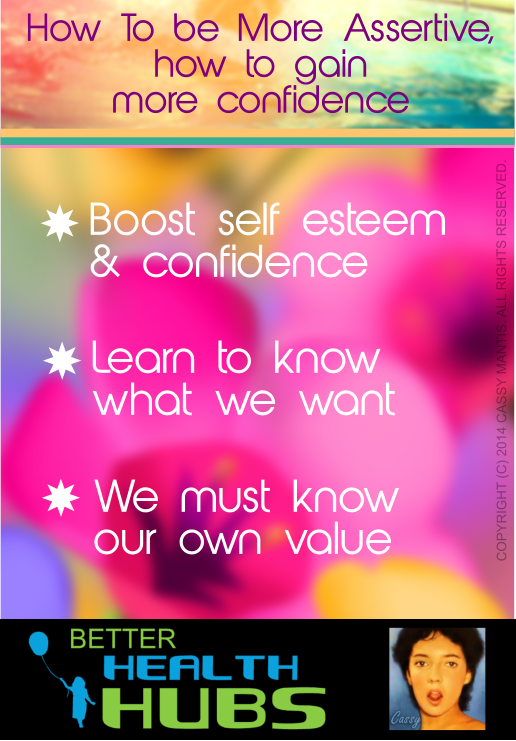
Boost Self Esteem and Confidence
The First Step we must take is to boost and strengthen our self-esteem and confidence. Think about it, if self-esteem and confidence with us is low, it will undermine us at every turn. Not having that self-esteem will detract and subtract from our goals, and will inhibit us.
Things turn against us because we let it happen through something called Self-talk. The wrong kind of self-talk only serves to undermine us. So we must combat the self-talk that produces negative comments and situations, and change it.

Learn To Know What We Want
Secondly, and this is important - we must make it clear to ourselves about what we want. It’s amazing how many things we think we want but don’t want. It’s surprising how we talk ourselves out of the prize or be allowed to give up the prize or issue at hand, all because we don’t want that thing enough. This clarity is vital so that we can counter-act that so-called pep talk or spin or bluster we usually get from aggressive people. We get it in the shopping Mall, on the doorstep, and conned into buying that thing we never really needed anyway. So we must be clear about What We Want.
Thirdly, we need to know our own value – and believe that we have the very same entitlements and rights as others in order to have our beliefs, our interests and our views respected. This is a hard thing for some people, while easy for others. Why? And how can we – knowing this – now apply it to ourselves?

We Must Know Our Own Value
Thirdly, we need to know our own value – and believe that we have the very same entitlements and rights as others in order to have our beliefs, our interests and our views respected. It sounds almost bizarre, but many of us don't claim ownership to what we are entitled. Not all of us either know what we are allowed or if we do - just how then to claim that allowance for ourselves. This is a hard thing for some people to accomplish, yet it so easy for others. Why? And how can we, once we know this – apply it then to ours situation?
Six Techniques
There are Six Techniques to Action and Enablement. The better we can implement them, the more successful we will be and the more assertive we will become. Cognitive Behavioral Specialists and Therapists teach these to people. So what I am going to tell you is pure Gold and you will benefit from this.
Technique One: We listen to others. So give the other person(s) your total undivided listening attention, and concentrate on what they are saying. Listening hard means we are picking up on how and what the person is feeling, and allows us to Verify it. Because if we are really listening to others, then we can confirm and verify what they are saying, and we empathize more with that. Listening hard means we hear what is said and the Way it is said. We hear people using a certain “tone”. More assertive people use tone in how they say things more. We verify them by telling them:
“I believe you...you are concerned about...”
Or you will say...
“This sounds very upsetting / annoying to me / a relief to hear this being said...” And so forth. You can acknowledge that you believe for example, that a person might be upset but you can say you believe them - but you don't agree with them, because of ...whatever reason. When you do something like this, they will be much more attentive to you because they know you are listening, and they will now also be Very Much listening to You.

Technique Two: Use the term “I” and not the term “You” in your statements. Sometimes when you start using the “You” word too much, you are indirectly telegraphing that you agree with the other person(s) in the conversation, and shifting position, which you may not intend. This happens when we might be in with our boss or a senior exec or just someone further up the food chain from where we are.
So use the “I” word, since by describing your feelings and thoughts with words that have “I” in them – means it is in your words and your own message and not others, instead of perhaps blaming others or judging them. The “I” word helps you avoid judging, blaming or evaluating and this is important. It tweaks the mindset of the person listening to us and forces them to come around to our view of them, and our view in general. It helps establish the conversation parameters and sets your position in a stronger way.
For example saying “I am annoyed by...” sounds much better than “You annoyed me because...” – and eliminates being defensive by linking it to another person’s behavior. Look how it also takes the accusatory tone out of the conversation.
I once spent a prickly 12 minutes in a boss's office over small niggling issues with him and I deliberately changed his words in every sentence he put to me - and I re-stated his positions from one view to a completely different view. He was most surprised. He recognised immediately what I was doing and he relented. He had been accusing me of something when he simply should not have been doing it.
It is surprising how many people pick this up subconsciously in your conversations. Remember that we are not here to score points against others, merely to be more assertive. Read this until you understand it.
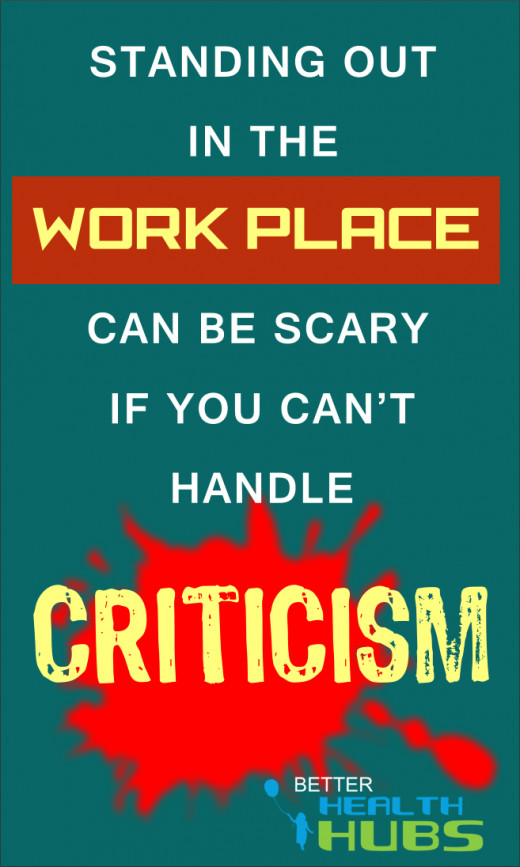
The Boss faces you and leans into you and hisses in a low stern voice – “Are you here to argue with me or agree with me?” You sit relaxed and face the person opposite you and reply – “I am here to listen...” So you are not agreeing and not being cajoled either.
This might not be the work place. This might be home with you and your partner. It might be anywhere, but in context to what is happening perhaps in a life now. Instead of reacting to the event, we control the event, by asserting ourselves.
Technique Three: Be as short and brief as possible. This means that we must give a legitimate reason for our refusal / disagreement (or whatever it is) while avoiding elaborate explanations and justifications. People are always trying to persuade us out of whatever position we are taking on some issue or subject, and we have to maintain our position – no matter what. Why is this important?
Other people will nearly always try to argue you out of your “no” position. A kid will argue with a parent, a student will try arguing with the teacher, an employee will try to argue it with a boss. Or perhaps it will be vice versa. Giving long answers can be an excuse for others to undermine our position. Some good journalists on TV in interviews with politicians will try to get the person to change their “no” or see is it a real no. So use “No” when declining. No is very final and has much more meaning than saying “ um, well, I don’t think so...”. Filter out what the person is trying to do, isolate that point and address that point only. Let them know that your No is FINAL as far as that issue is concerned.
Some people need to learn how to say NO better. In fact, in sales departments they regularly teach sales people how to not accept a no. A no means no sale, no commission. No forward momentum, and in sales (or an equivalent agenda situation) that is bad.
Always remember what side of the question you need to be on, the yes or no camp. And stick to it. Filter out the dross, and focus on your position and be assertive.

Technique Four: Manage criticisms more. Has anyone ever tried during an argument to “label” you? No one can label you unless you agree with it or allow it, or acquiesce. You must refuse to be labelled by others. Labels are really just borderline criticisms leveled at you. Once again, this is some person attempting to assert something over you, and hoping you will let it happen.
These are criticisms that are one step away from name-calling, insulting, preparatory insulting, or again – an effort to undermine you somehow. How you manage this is as follows – you agree with reasonable criticism, then apologise appropriately, if you feel that an apology is needed – and then ask for clarification. Clarifying is hugely important, as asking about how serious the criticism actually is supposed to be - can reveal a lot. It might be serious, or it might surprise you to discover it was a minor storm in a small tea cup. Seeing a big thing as really only a small thing in the end and confirming it can be simple and assertive - and no one gets hurt by calling the thing what it is.
If, on the other hand, you wish to complain, there is a way to manage how you do this. You must identify the problem, state your opinions, (without exaggeration or embellishment) and remember to focus on the “I” and not “you” thing while spelling out simply what you want in a calm way.
Separate the person from the problem always. Filter out the person always. Focus on the issue, not the guy who takes it personally and implies threatening behavior just because of that issue. Separating the person from the problem diffuses the potential explosive possibility, and can again assert your position.
Notice that yelling and banging your fist on the table and throwing crockery do not figure in any of these tips!
Technique Five: Use you body.
There is always a physical element involved in being assertive, whether on the giving or receiving end. This will show in your eye contact, your stance, your posture, tone of voice, movements and in gestures. It is also seen in your facial expressions and in the distance between you and others. You should also ensure that those non-verbal gestures mimic or mirror your verbal messages. Avoid contradiction. Always shake your head when you say “No”. That action is as loud as the word itself.
Some people actually smile and nod out of politeness even when saying no. In some foreign cultures this would be normal, such as in Asia. You should face the person, standing or sitting straight, with no dismissive gestures, with a pleasant yet serious facial expression, voice calm and soft, and without being whiny or in any way abrasive. Keep strong eye contact. Doing this, and being in tune with your body’s message is so important, it’s as important as your actual words.
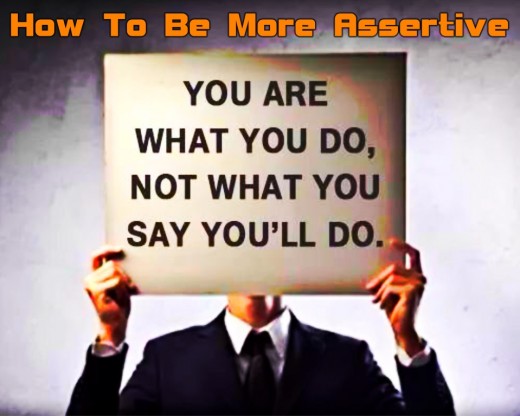
Technique Six: Say “No” with confidence. This is just so important. I stated it earlier but is a huge issue with assertiveness or lack of it. We are often under pressure to sometimes say yes, though we’d rather say no. Especially in the workplace with that supervisor or boss.
And we yield to the “yes” part, despite our better judgement. Some times we are afraid the other person will think badly of us, or is a close friend we want to please. Relationships with people can often get in our way when we want to say no to something. Or maybe we don’t have clear priorities.
In business conversations I have heard people accuse my boss of being selfish because he said no to something. But actually he is awfully good at explaining his "No" position to people. Saying “No” is not rude or even selfish. It’s just us treating our desires and needs as equally important. It is when we explain some kind of "No" answers to others that they realise where we are coming from. They understand us better. And we can be seen as being fair by being assertive in this way.


We must never agree to something without first sleeping on it, if we are not sure. This is an effective way for putting things into perspective. And it’s a good habit to have. Habit is a valuable word here. Our communication style is a set of learned behaviors. Very similar to habits. Habits that we can have total control over if we choose. We need to listen to our procrastination and listen to what it is telling us. It's about behaviors, both good and bad in all of us.
So in the end, Assertive Behavior is a skill that can be easily learned and remembered and maintained with practice. It takes no more than a few weeks to be very proficient at Assertive Behavior, and it can have a profound and positive effect on the quality of all our lives. You will notice a boost in your confidence and self-worth, and people around you will notice it too. What we have discussed here is How to be More Assertive and Confidence Training.
Building self confidence in yourself and being more assertive can dramatically lift your mood, and improve your life. It will help you overcome shyness and any tendencies that might lean towards hesitation. With these simple tips you can become more assertive and more confident. Your personal health will greatly benefit from this new confidence and from being more assertive. I hope this hub helps you in your goal towards being more assertive and confident. Remember that you are worth it!
Copyright (c) 2010 to 2014 Cassy Mantis. All rights reserved. Updated July 2014.
Why not join the growing community of writers here on Hub Pages? Register and join for free, and even use your Hubs to generate income for yourself. It's Free!





